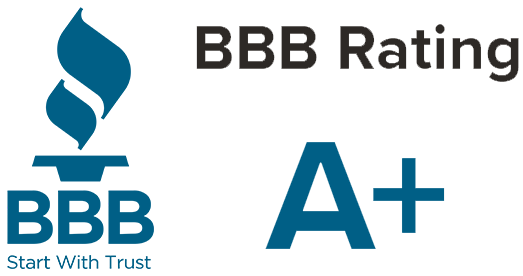GovCon Billing Strategies to Get Paid Without Delay
Rose Report: Issue 58

By Ted Rose, CEO, Rose Financial Solutions
There are many benefits to being a government contractor, including prompt payment. Contractors are safeguarded against late payments by the federal government under the Prompt Payment Act (PPA), which requires agencies to pay “proper” invoices on the payment date established in the contract or within 30 days of receipt. If an agency fails to pay within that period, the invoice is considered overdue, and the agency typically has to pay interest.
However, when an agency receives an invoice that lacks all the information it expects, it is returned to the contractor. The payment period does not begin until the agency gets a complete “proper” invoice with all the required information. To ensure timely payment when billing the federal government, make sure to pay attention to the details of the contract. Understanding the requirements and following best practices will help to avoid unintentional errors and potential violations that cause a delay in payment.
While some agencies may have complex billing formats that include estimates and detailed information, others may be more straightforward. Regardless, with careful preparation and attention to detail, you can ensure that your business’ billing process is smooth and accurate.
Here are some tips:
Be familiar with the agreed-upon terms and conditions of the contract. Is the contract Time and Materials (T&M) or Cost Plus Fixed Fee? Agencies calculate these bills differently. For example, a T&M contract may bill a senior technician at an agreed-upon rate of $50 an hour, whereas a Cost Plus contract may bill the same person at a rate determined by their hourly cost plus indirect rates.
It is also crucial to understand how much money is obligated or funded versus what is authorized. Sometimes contractors assume they can bill as much as the contract award, even if there is less funding allotted when the bill is submitted.
The government looks seriously at contractors’ system set-ups and the internal controls surrounding the timekeeping and billing procedures. It is necessary to ensure that your systems track and monitor costs and produce accurate billings. As part of setting up internal controls, you should have written instructions documenting the process and ensuring solid internal control checkpoints are in place. Regularly updating manuals will enable you to keep your policies and procedures accurate and effective.
Proper supervision and approval of subcontractor hours and invoices are becoming increasingly important. Ensure you have a process that matches hours and amounts billed by a subcontractor to what you bill to the government and reconcile timing and other differences to avoid under or over billings.
Setting up a written and detailed step-by-step checklist to follow every time you send a bill will also help avoid invoice errors.
Include the following:
- Contract administrative data, such as type of contract and task order number
- Periods of performance
- Cumulative amounts billed to date
- Ceiling, funded, and authorized amounts
- Amounts remaining in the budget
- Bill cycle, such as monthly or semi-monthly
- Billing instructions for electronic submissions, such as with WAWF- a Wide Area Workflow system used by many Department of Defense agencies
To ensure that your invoice is “proper,” send a mock invoice to the government agency before sending the actual bill. Doing so allows you to resolve potential mistakes in advance, thus avoiding rework and reconciling differences and problems that develop over time. Getting it right the first time will also minimize the impact on cash flow.
At RFS, we have a 28-year track record of helping government contractors manage their billing processes while growing their companies through a cost-effective and scalable finance and accounting infrastructure. Please find out how cost-effective our GovCon solution is by visiting our pricing calculator.
This content is for information purposes only and should not be considered legal, accounting or tax advice, or a substitute for obtaining such advice specific to your business.
Share this article:
Visit Us On:




